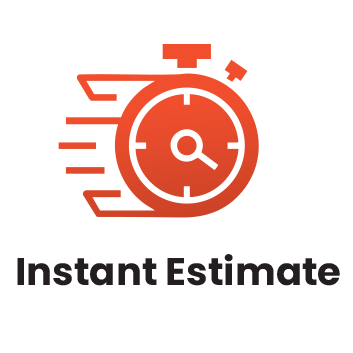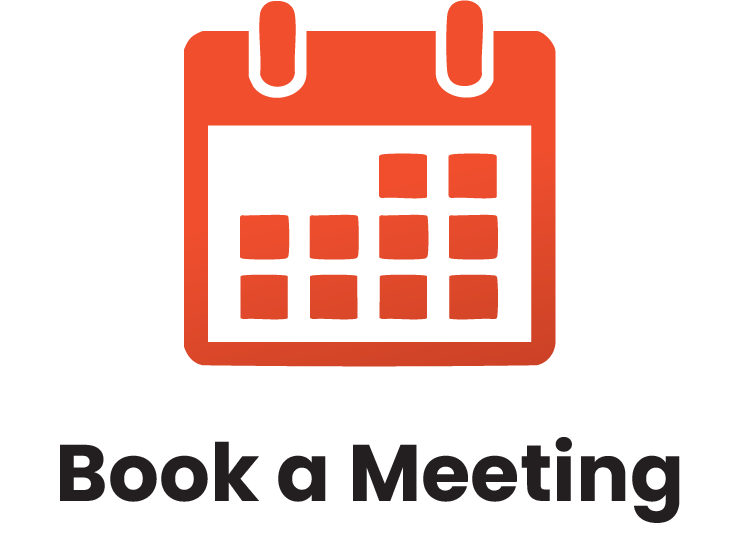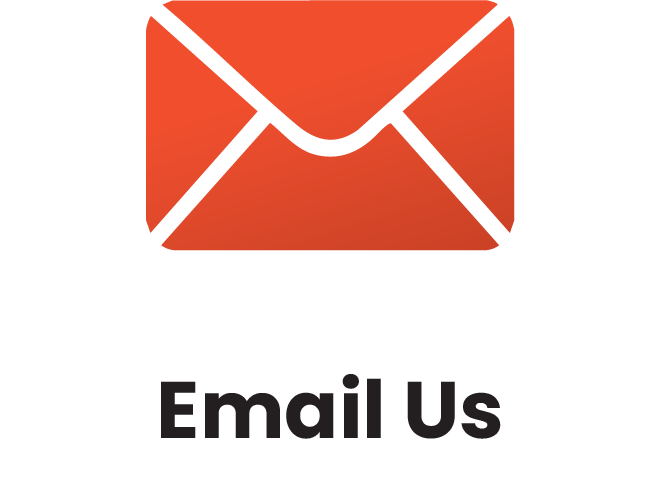Interactive training sessions led by experienced facilitators.
What is In-Person, Instructor-Led Training?
Our in-person training is delivered by a live facilitator who works directly with your team at your location. It’s our most popular format because it allows for real-time interaction, hands-on learning, and direct support.
Every session is tailored to your team’s specific goals, industry, and challenges—no generic, one-size-fits-all programs. Whether it’s a single session or a full training series, we design the experience to be relevant, practical, and fully aligned with your needs.
What is Live Webinar Training?
Live webinars are facilitator-led training sessions delivered online in real time. They’re ideal for teams working in different locations or with busy schedules.
This format offers shorter, more frequent sessions that are easy to coordinate—making it a convenient option for organizations with remote or distributed teams.
What is Virtual Classroom Training?
Virtual Classroom training is live, instructor-led training delivered online. It offers the same interactive experience as in-person sessions, with real-time discussions, group activities, and instructor feedback.
It’s a flexible option for organizations that want to reduce travel, save costs, or better fit training into busy schedules.
What is a Lunch & Learn Session?
Lunch & Learn sessions are short, facilitator-led training sessions delivered in person or online—typically during the lunch hour. They focus on specific topics or skills and offer a quick, engaging way to learn without a full-day commitment.
These sessions can be offered as one-time events or as part of a series, making them a great option for ongoing, bite-sized learning.
Online Learning
Enjoy our self-paced option and learn from anywhere!
$199.00 USD
Process Improvement with Gap Analysis
Charles Kettering, an inventor for General Motors, once said, “A problem well-stated is half-solved.” The gap analysis tool can help you define problems and identify areas for process improvement in clear, specific, achievable terms. It can also help you define where you want to go and how you are going to get there.
This one-day course will give you the skills that you need to perform an effective gap analysis that will solve problems, improve processes, and take your project, department, or organization to the next level.
LEARNING OBJECTIVES
Learning Objectives
This one-day workshop will help you teach participants:
- Define the term “gap analysis”
- Identify different types of gap analyses
- Perform all stages of the gap analysis process
- Create a gap analysis report


COURSE OUTLINE
You will spend the first part of the day getting to know participants and discussing what will take place during the workshop. Students will also have an opportunity to identify their personal learning objectives.
What is Gap Analysis?
Understanding what Gap Analysis is helps you make the most of it for your organization. This session gives students a definition and a look at the basic processes of gap analysis. It continues with a look at a few customized types of gap analysis for certain situations.
The Gap Analysis Process
Gap analysis, at first look, appears to be a very simple process. A closer examination reveals certain specific steps that students need to know to ensure a successful gap analysis. This session looks at those steps in depth and provides a template for recording information. A simple gap analysis for a fictional company is provided as an exercise.
Supporting Tools
Having a complete toolkit can make your gap analysis more effective and efficient. This session gives learners a chance to consider other tools they can make us of, including the five whys, fishbone diagrams, and SWOT analysis. Students will get to practice with these tools during the session.
Creating a Gap Analysis Report
A gap analysis report provides the means to gather and present your findings from a gap analysis. This session shows students the essential elements of a gap analysis report along with some extra elements they may want to include if the situation dictates.
Test Driving
This session lets students put the rubber to the road with a sample gap analysis they conduct based upon their pre-assignment.
Workshop Wrap-Up
At the end of the course, students will have an opportunity to ask questions and fill out an action plan.


















